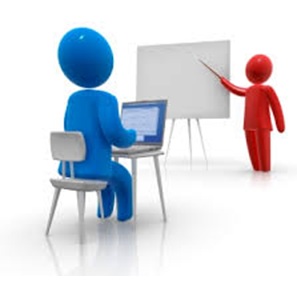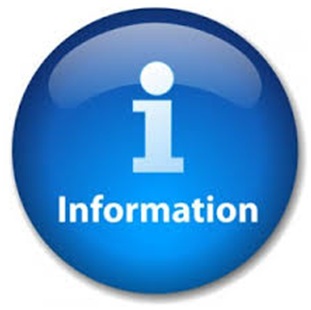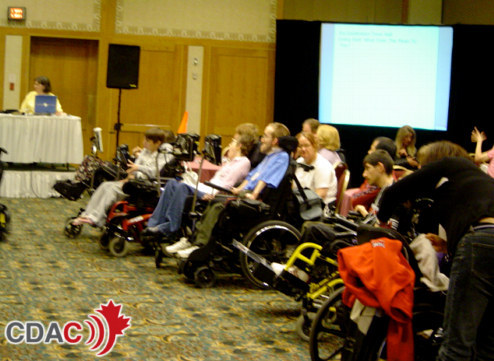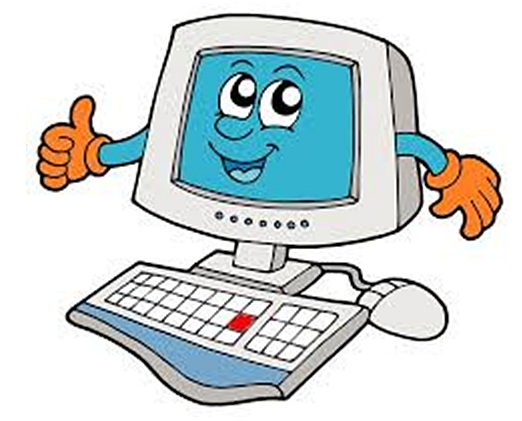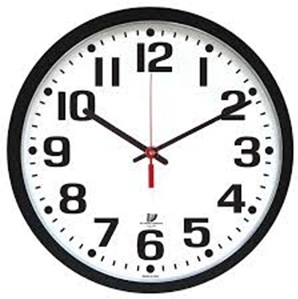Introduction
Welcome to The AAC Self-Study Course

This course is adapted for Canada and based on:
- AAC Mentor Project developed at Penn State University
- CDAC Ontario AAC Leadership Project
To change between slides use your mouse to click on the  buttons
buttons
OR use the arrow keys on your keyboard ← →
